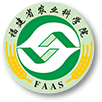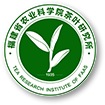Abstract:
Objective A preliminary study to improve the aromatic quality and anthocyanin content of Minbei oolong tea by using the leaves plucked from varieties bearing purple-colored shoots to enhance the market value of the product was conducted.
Method The aromatic tea cultivars, 'Jiulongpao', 'Mingke 1', 'Jinmudan', and 'Tieguanyin', were used to breed purple leaf varieties suitable for making Minbei oolong tea with high content of functional anthocyanins. A progeny derived from Jinmudan was selected and tentatively named ‘Ziye 1’ along with its parent as control, to make teas with the traditional Minbei oolong tea processing technique. The aromatic quality of the brewed teas produced was evaluated by a sensory panel.
Result The brewed Minbei oolong tea made of ‘Ziye 1’ leaves was rich in floral aroma with the scent of sweet rice fragrance and had a content of total anthocyanins of 164.24 μg·g−1, which outperformed by 2.89 times over Jinmudan of 107.48 μg·g−1. There were 70 differential anthocyanins detected in the Ziye 1 tea. Among them, the 8 major ones accounting for 94.4% of the total anthocyanins were delphinidin-3-O-(p-coumaroyl)glucoside-5-O-glucoside, delphinidin-3-O-glucoside, delphinidin-3-O-galactoside, cyanidin-3-O-(6''-p-coumaroyl)galactoside, cyanidin-3-O-galactoside, cyanidin-3-O-5-O-(6-O-p-coumaroyl)-(7-diglucoside, geranium-3-O-galactoside, and geranium-3-O-rutin-5-O-glucoside.
Conclusion The purplish tea leaves plucked from the newly bred ‘Ziye 1 ’variety were processed into an aromatic Minbei oolong tea containing more anthocyanin than that made of its parent Jinmudan or Zijuan and Ziyan teas currently available on the market.




 下载:
下载: